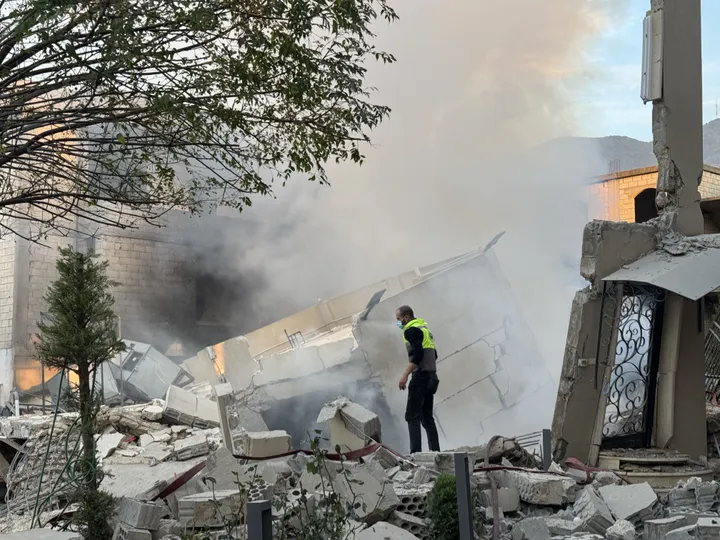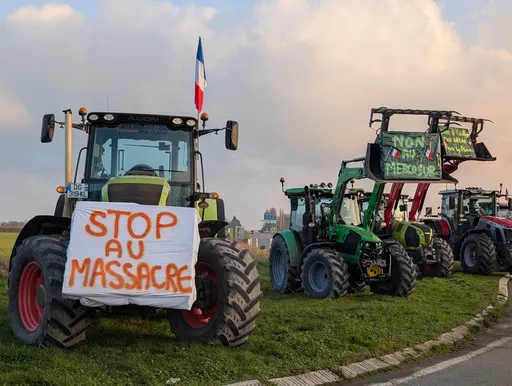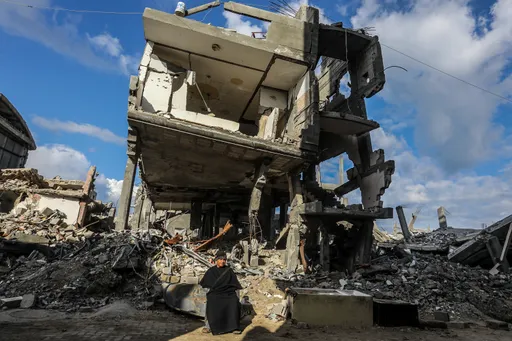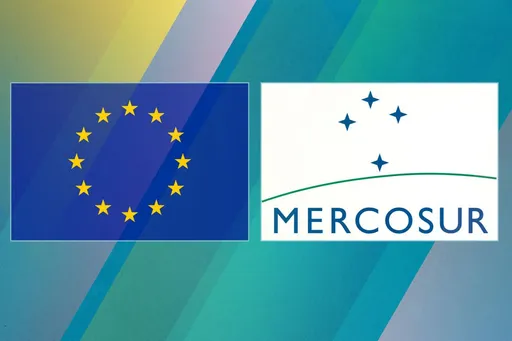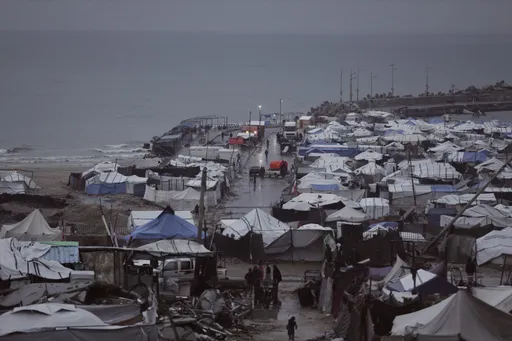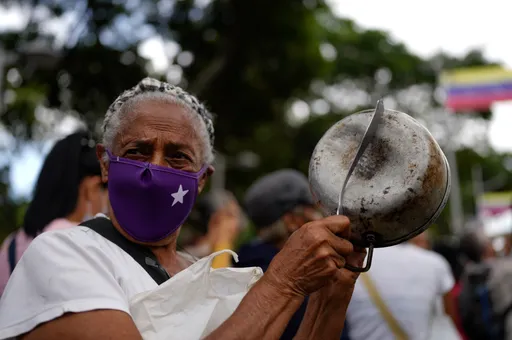Protests across Iran have shaken President Hassan Rouhani’s government once again after it decided to increase gas prices 50 percent to a minimum of 15,000 rials (45 cents) per litre.
While the government says it will return revenues gained by the increase to subsidise gas prices for poor citizens through cash transfers, some Iranians, who do not trust the state to follow through on the pledge, showed their anger by burning government offices and banks across the country.
The episode is the latest testing moment for Rouhani, the country’s moderate president, since his re-election in 2017. In December the same year, after leaks detailing controversial budget allocations, people hit the streets, protesting the country’s establishment and government.
But the most recent protests seem to be smaller than in 2017.
“There are still some protests in large and small cities. The exact amount is not clear but based on what I’ve seen the protests are smaller than what they were in January 2017, and clearly much smaller than what you have seen in 2009,” a Tehran-based Iranian journalist, who does not want to disclose her identity, told TRT World.
On Saturday, protests were held across Iran including in the cities of Tehran, Tabriz, Doroud, Garmsar, Gorgan, Ilam, Karaj, Khorramabad, Mehdishahr, Qazvin, Qom, Sanandaj, Shahroud and Shiraz, according to Iranian media outlets.
During the protests, a demonstrator and a police officer died in clashes. The country’s supreme leader, Ayatollah Ali Khameini, has also backed the government’s decision and top security officials warned that if protesters continued disrupting public order, they will face (unspecified) consequences.
“The main motivation is the change in gas prices,” the Iranian journalist suggested. But she also thinks that after people start protesting, other issues also come up, giving protests an ideological tone.
“I personally think that it will not continue for a long time. This is the third day of protests and most of the parts of Tehran and Karaj where I live and work, there is calm,” the journalist said.
The price change was put into place by the Supreme Economic Coordination Council, which is directly overseen by the president, on Friday.
Because of the decision, consumers cannot buy more than 60 litres at the lower rate of 15,000 rial. After crossing the limit, the rate will go up to 30,000 rials (90 cents) per litre.
Before the government decision, Iranians could buy as much as 250 litres at once at the subsidised price.
Harsh US sanctions, which were renewed by President Donald Trump after Washington’s withdrawal from the Iran nuclear deal, forced a large number of foreign investors to leave the country, helping to spark runaway inflation and a devaluation of Tehran’s currency, the rial.
US sanctions were briefly suspended when former US president Barack Obama and other world leaders signed an international agreement with Tehran on its nuclear activities in 2015, known as the Joint Comprehensive Plan of Action.
The sanctions reintroduced by Trump added to Iran’s pre-existing economic woes, most of which stem from the country’s alienation from international markets after the Iranian revolution of 1979.
Esfandyar Batmanghelidj, an Iranian economist, thinks that Tehran’s decision to increase gas prices is not directly related to sanctions.
“There is a misunderstanding about Iran's decision to cut fuel subsidies. The move is not a knee-jerk reaction to sanctions pressure on the government budget,” Batmanghelidj wrote on Twitter.
“What Rouhani announced was what the IMF advised in its 2018 Article IV consultations. It's solid fiscal policy,” he added.
The Iranian analyst believes that cutting subsidies is better for the country’s poor than having cheap gas, as they will receive cash transfers in return.
“The IMF estimated that fuel subsidies cost (1.6 percent) of Iran's GDP in 2017/2018. It is a really inefficient means to support the welfare of ordinary Iranians--cash transfers are much better. By lowering the subsidy, Rouhani is creating fiscal space to expand cash transfers,” he observed.
Iran has the fourth-largest crude oil reserves in the world with one of the most heavily subsidised gas prices.

